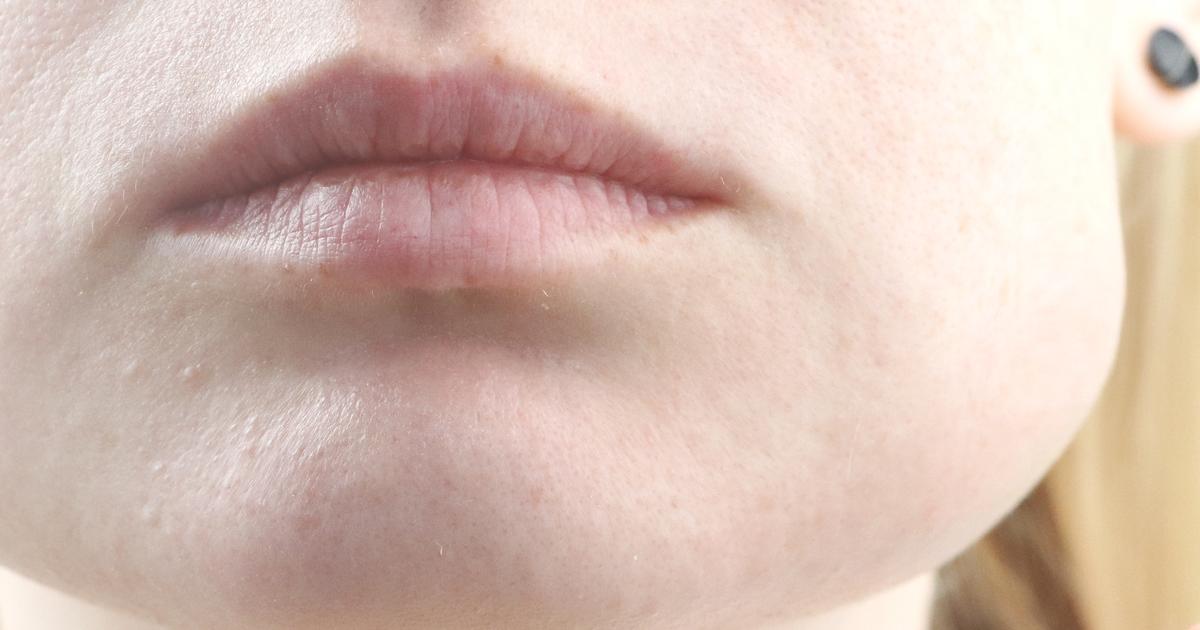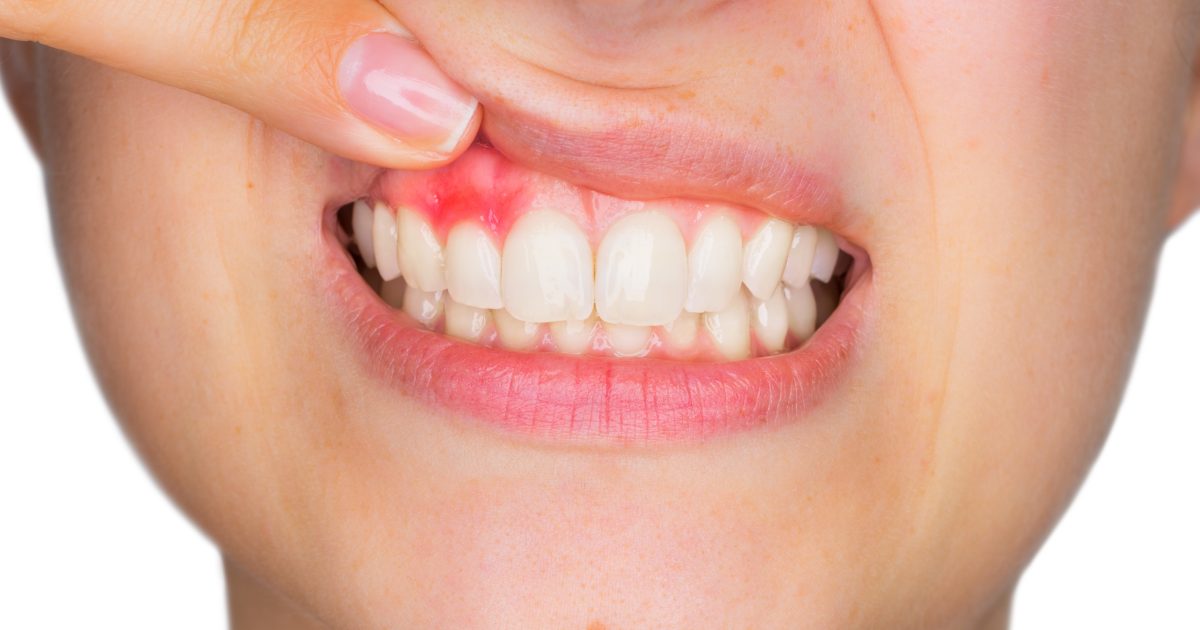Warning Signs Of A Tooth Abscess
Multiple types of tooth abscess can occur for a variety of reasons. As the name implies, a tooth abscess develops in or around one tooth. The abscess is a pus-filled pocket caused by infectious bacteria. Periodontal abscesses occur in the gums and at the sides of the root of teeth. Periapical abscesses form at the tip of a tooth's root. Periapical abscesses are usually the result of a cavity, prior dental work, or an injury. To treat a tooth abscess, dentists will drain the pus and remove the infection. The tooth can sometimes be saved through a root canal, but there are other cases where the teeth require pulling. Failing to treat an abscess can cause potentially life-threatening complications.
Cheek Swelling

It's common to experience cheek swelling as a result of a tooth abscess. Dental abscesses cause pus to form at the roots of teeth. The bacteria causing the infection will continue to cause problems until they're treated. Failing to treat the abscess can cause the infection to spread, which can lead to swelling throughout the patient's entire face. The infection usually causes swelling on the gum around the tooth first, but cheek swelling occurs when cellulitis sets in. Cellulitis is serious because the swelling can quickly spread once it starts. When individuals notice abnormal swelling of any kind, it's time to see a doctor. Swelling and inflammation are often immune responses to infections, and they occur when the immune system is trying to fight off bacteria. Some infections can be handled by the immune system without needing treatment, but others require antibiotics. In the case of cellulitis and tooth abscesses, patients must get treatment before the infection becomes potentially deadly.
Swollen Lymph Nodes

A tooth abscess often presents with swollen lymph nodes, usually the ones below the jaw or in the neck, typically accompanied by a sense of tenderness. The patient's jaw may look wider than usual, or their neck may look thicker. When individuals press on the area, there may be pain. Lymph nodes are located throughout the body, and while it's unusual for lymph nodes in other parts of the body to swell due to a tooth abscess, it's not unheard of. A swollen lymph node is often a sign patients should see a doctor to make sure they don't have a serious infection or underlying condition. Lymph nodes that have swollen due to infection are said to have lymphadenitis. The nodes help fight infections by filtering bacteria and viruses, entrapping them before they're able to infect the rest of the patient's body. With a tooth abscess, swelling in the jaw or neck indicates an individual's lymph nodes are working hard to keep the infection from moving to other parts of their body. Patients should see a doctor if they experience this.
Severe Toothache

Since the abscess is located beside or below the root of a tooth, it will often present with a severe toothache. The pain tends to be serious and persistent rather than ebbing with time. Most individuals describe this kind of toothache as a throbbing pain. The tooth pain might radiate throughout their head and cause aching in their ear, neck, or jawbone. Affected individuals need to see a doctor or dentist as soon as possible if they're experiencing this. If there's an accompanying fever or facial swelling, patients need to seek emergency care.
While waiting for the dentist, there are some home remedies individuals can use to provide short-term pain relief. One is to rinse their mouth with salty, warm water without swallowing. If they can floss at all without pain, flossing around the tooth can help remove any bits of plaque or food that are stuck. Over-the-counter pain relievers like ibuprofen and acetaminophen can also help in the short term. Doctors recommend acetaminophen for children experiencing a toothache.
Issues Chewing Or Biting

In addition to tooth pain, a tooth abscess will often cause issues chewing or biting. Pressure against the tooth can increase the amount of pain because the abscess exists at the tooth's root. Affected individuals may not be able to chew food on one side of their mouth. Some patients may also have an increase in pain even if they chew on the side not affected by the abscess. If the pain is severe enough to keep individuals from eating, they need to see a dentist or doctor as soon as possible. Patients don't want to become malnourished because they haven't been able to eat. Another thing that may interfere with eating is if the patient's neck or jaw have become so swollen that they're making it difficult to swallow. When this is the case, individuals should seek emergency medical care, since it's a sign the infection is spreading beyond their tooth. Difficulties breathing are also a sign emergency medical care is necessary.
Fluid When The Abscess Ruptures

Not every tooth abscess will rupture, but if one does, the patient's mouth will suddenly be flooded with foul-tasting and foul-smelling fluid. There will also be a sudden feeling of relief from the pain, since the pressure from the abscess is no longer pressing against the tooth and sending pain signals through the patient's mouth. An abscess typically ruptures if the infection burrows through the gum, leading to a visible swelling or sore inside the mouth. Even though the rupturing is accompanied by significant pain relief, patients aren't 'cured.' The underlying infection is still there, and individuals still need a dentist to treat it to avoid having it spread to the rest of their body. The abscess itself is just part of an immune reaction to that infection. If a patient's mouth suddenly fills with foul and salty fluid, they must seek dental treatment right away. An abscess isn't something that can be ignored.
Difficulty Swallowing

An individual who has a tooth abscess has developed an infection in their tooth and the adjacent tissue of their jaw. The infection most often begins in the pulp of the tooth and moves to the bone tissue the root of the tooth is embedded in. An abscess in the tooth and bone tissue of the oral cavity is a pocket of pus that can become very large and impact the normal function of an individual's oral cavity, teeth, tongue, jaw, salivary glands, and other components. One of the most common symptoms of a dental abscess is swelling in the affected individual's face and neck accompanied by redness. Swelling occurs when the immune system responds to a site where cellular damage has taken place, or a dangerous substance or pathogen is present. The swelling of the tissues around the back of the mouth near an affected individual's throat can cause them to have trouble with swallowing foods and liquids. Some affected individuals may find it too painful or hard to open their mouths and chew their food enough to be able to swallow it.
Fever

An individual experiencing tooth pain along with a fever may be affected by a tooth abscess. Fever is when the total body temperature of an individual becomes too high. High temperatures in the body occur because of a mechanism triggered by an individual's immune system that is meant to help keep the infection-causing pathogen from growing and living in a hospitable environment. Numerous types of bacteria, viruses, parasites, and fungi are not able to survive or thrive in environments where the temperature is too high. When an individual's immune system discovers a problem in the oral cavity being caused by a foreign pathogen, it signals to the hypothalamus in the brain to raise the body's thermostat. While a fever is helpful to a certain extent in an individual affected by a tooth abscess, it can become dangerous and produce life-threatening complications.
Increased Temperature Sensitivity

The most common type of tooth abscess in the oral cavity known to produce increased sensitivity to high and low temperatures is a periapical abscess. A periapical abscess is one that develops at the root tip of an individual's tooth when bacteria are allowed to penetrate through weak points of the enamel and dentin. These types of tooth abscesses are caused by inadequate flossing, inadequate brushing, and other elements of poor dental hygiene. When bacteria are allowed to penetrate the pulp of the tooth, they colonize in the pulp and induce a reaction by the immune system. The immune reaction that occurs in the pulp of the infected tooth causes inflammation and swelling on the inside of the tooth root. This causes the nerve in the pulp to become compressed and extremely sensitive to temperature changes.
Trouble Breathing

Trouble breathing only occurs when an affected individual's tooth abscess goes untreated and becomes very large. A tooth abscess located in the very back of the mouth in the right place can also produce breathing difficulties. The severe amount of swelling that occurs in the back of an individual's mouth, near their throat, or in the neck tissues can cause the trachea to become so swollen that an adequate amount of air cannot make its way into the affected individual's lungs. Sometimes this complication occurs in an individual who has a tooth abscess that induces an upregulated and abnormal reaction of the immune system comparable to a life-threatening case of allergic anaphylaxis. If a tooth abscess causes severe swelling that interferes with the movement of air into the individual's lungs, they will need to be treated using a breathing tube inserted down the throat or through an incision in their neck.
Swollen Gums

The swelling that occurs in an affected individual's gums occurs when bacteria enter the pocket between the root of their tooth and a part of the gums that have become detached or receded. The bacteria in the gums induce an inflammatory response in the area mediated by the immune system. The immune system releases various substances and sends several different types of immune cells to the site to intervene. A surge of the hormones histamine and bradykinin are rushed to the site where the pathogen is damaging tissue. This surge of hormones works to expand the diameter of the tiny blood vessels responsible for carrying blood to the gum tissues. The increase in blood flow through these small vessels is meant to help the immune cells or mediators reach the site of the problem quickly. Increased blood flow in the gums causes them to become swollen and red.
